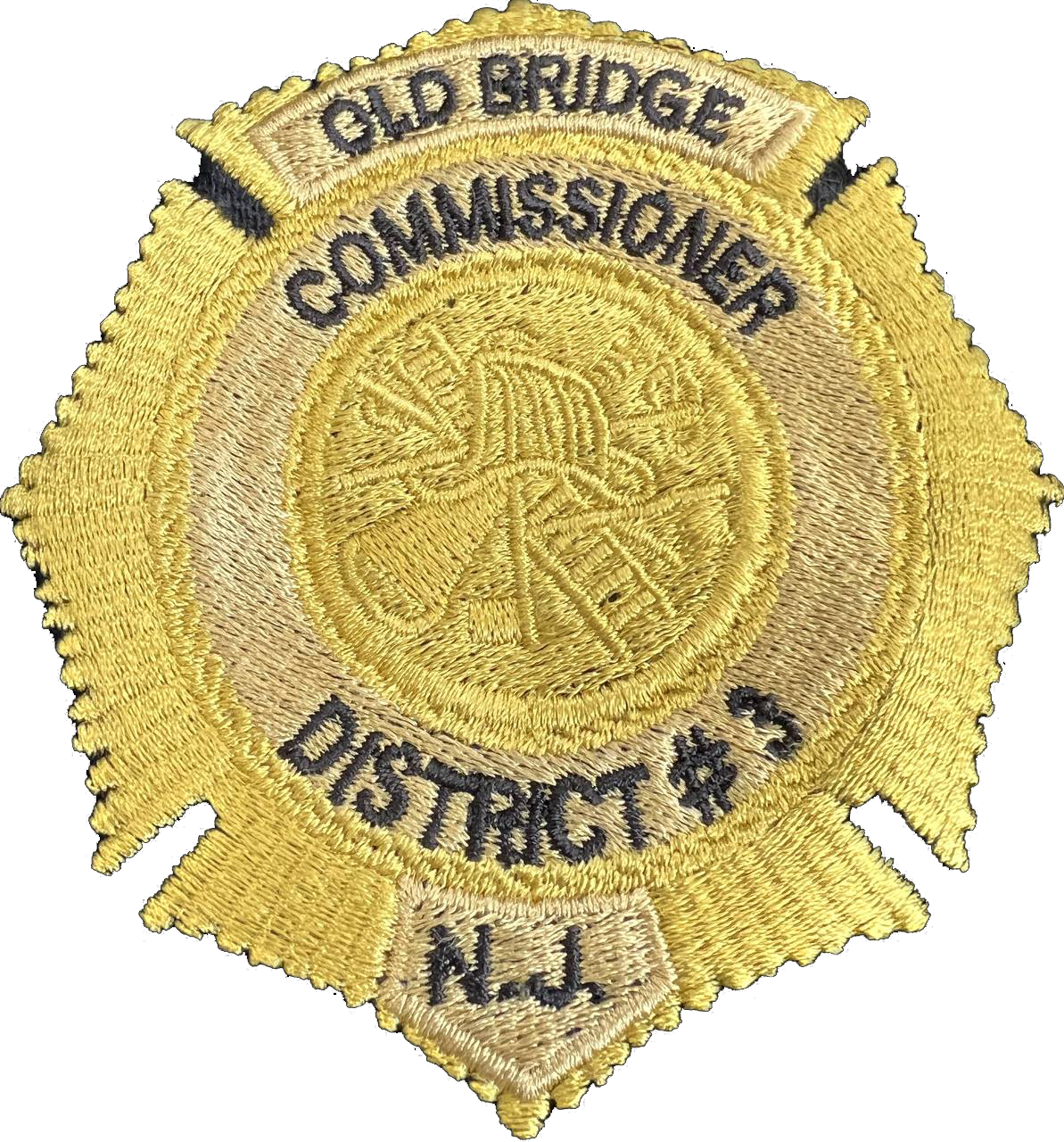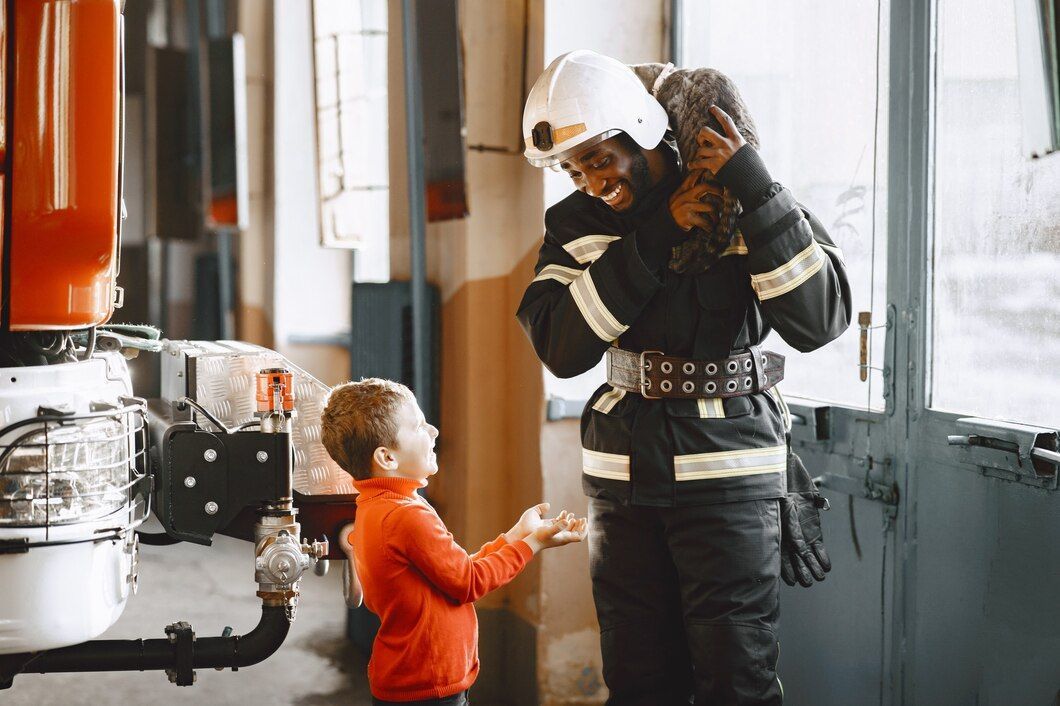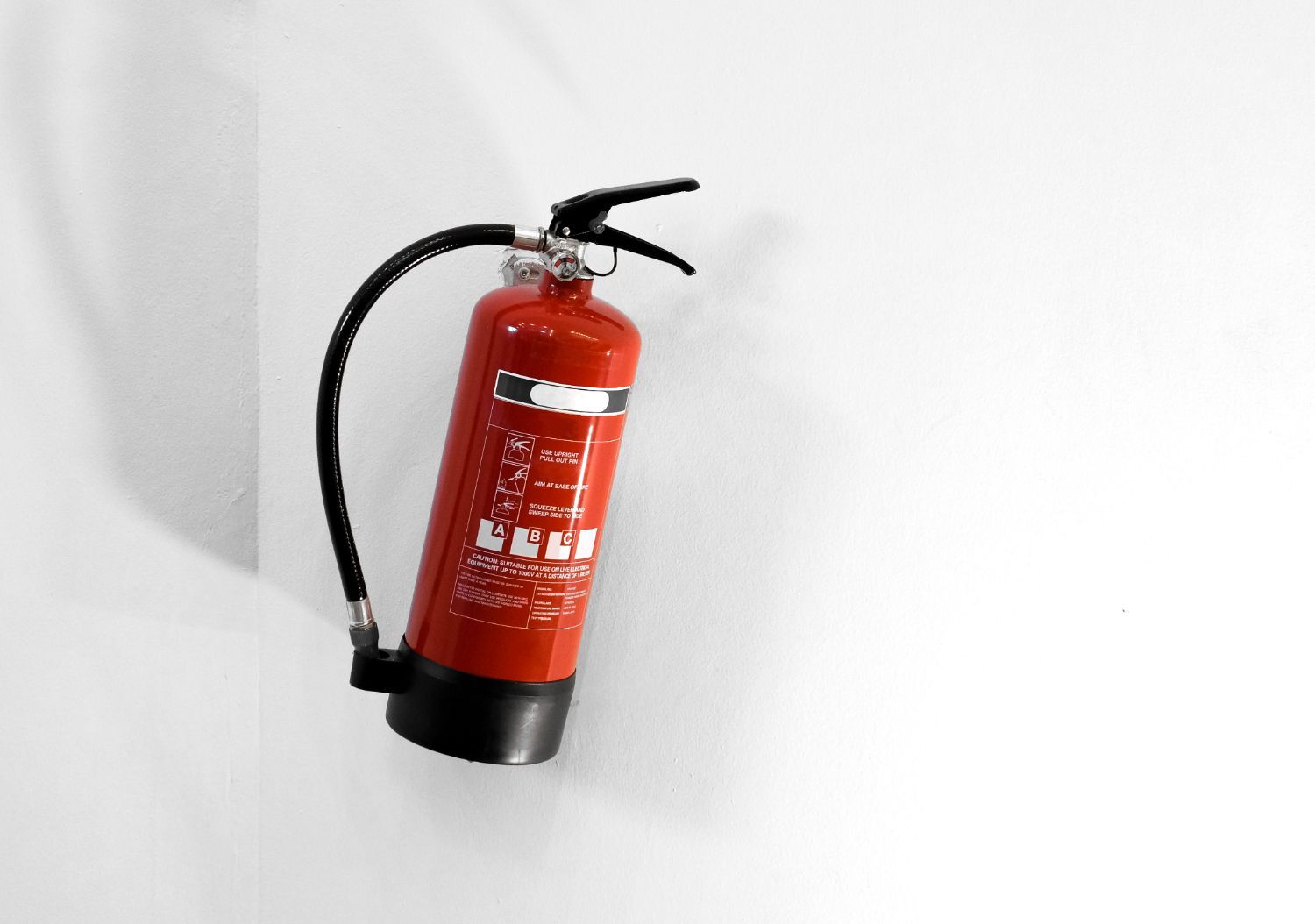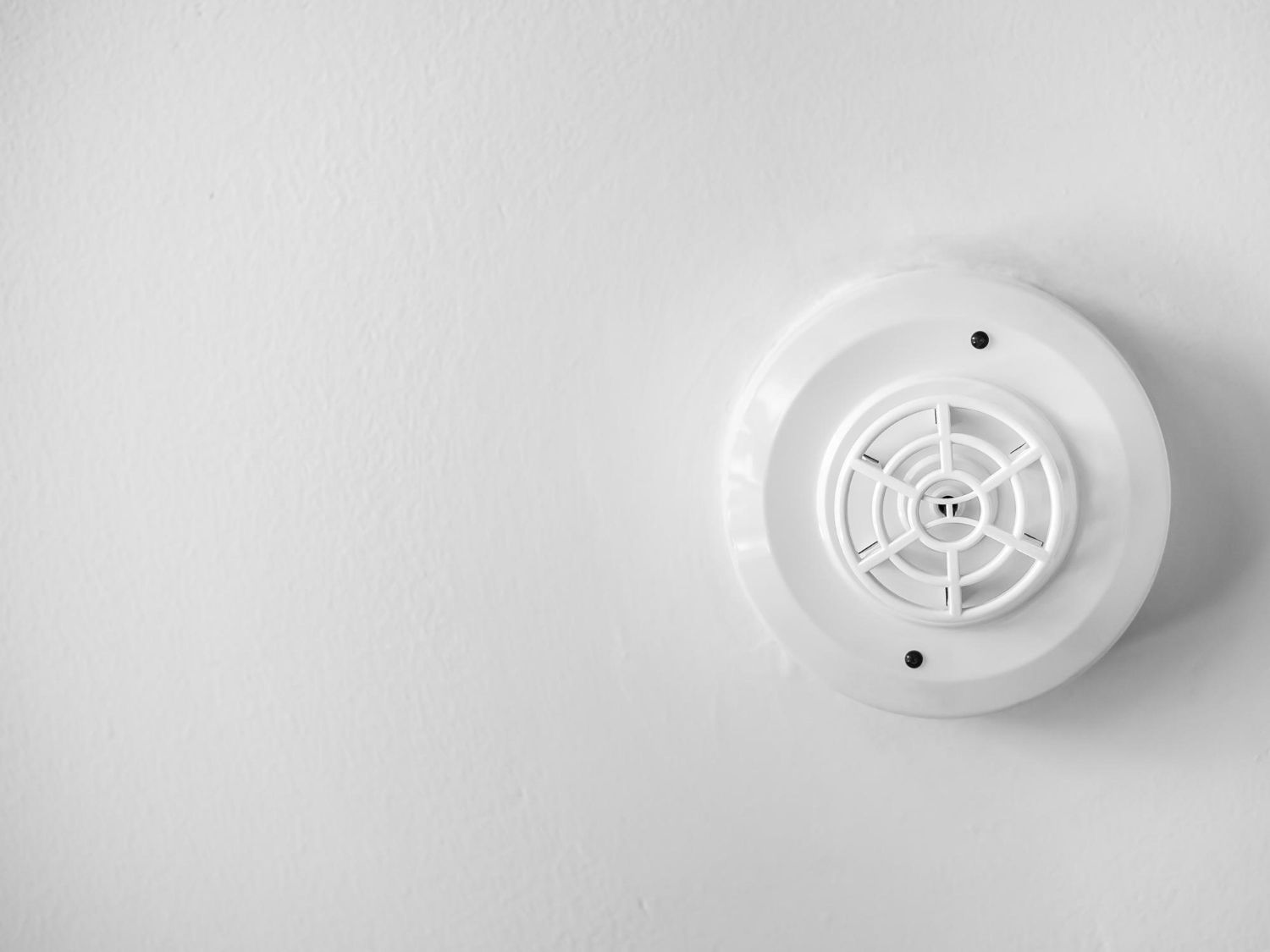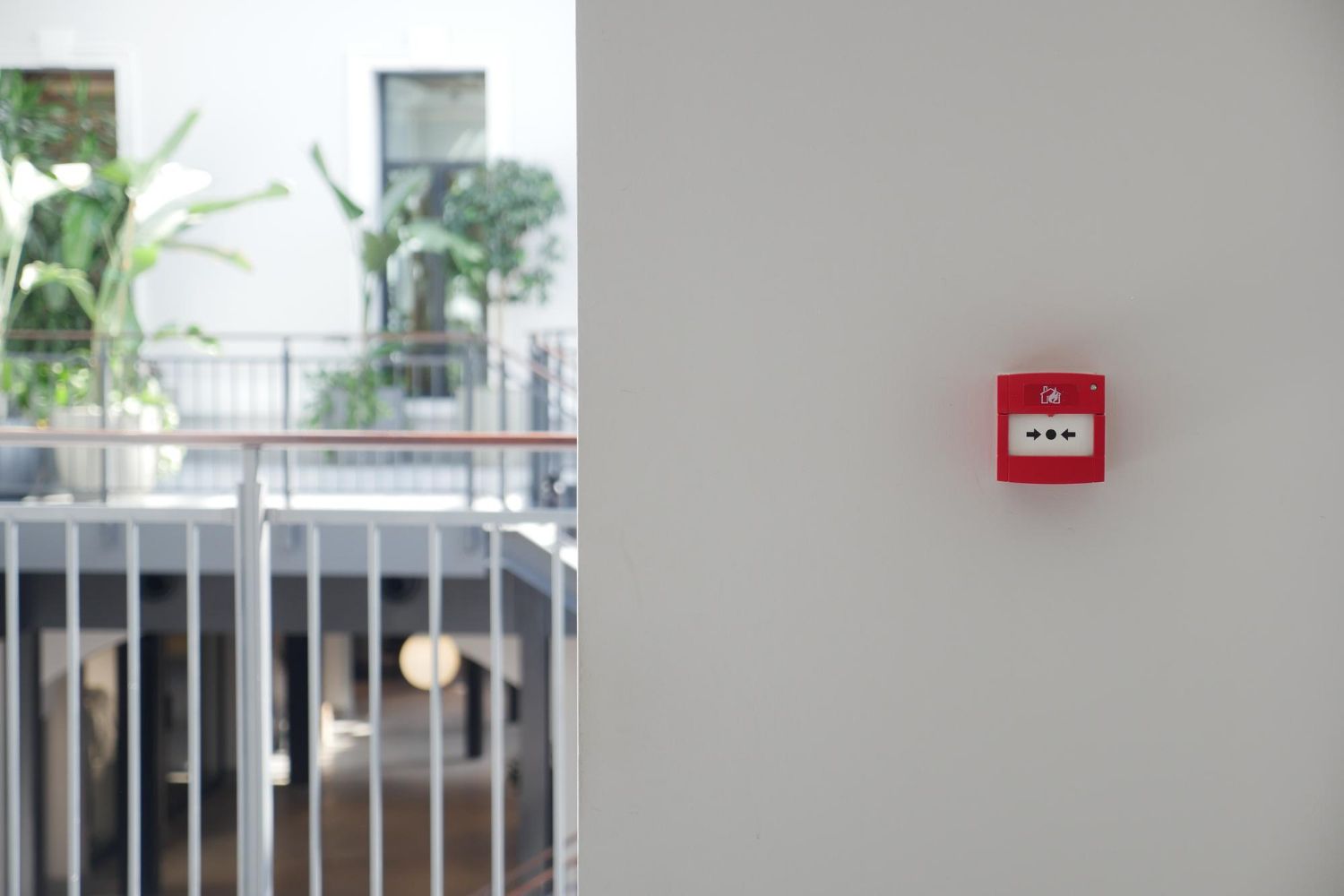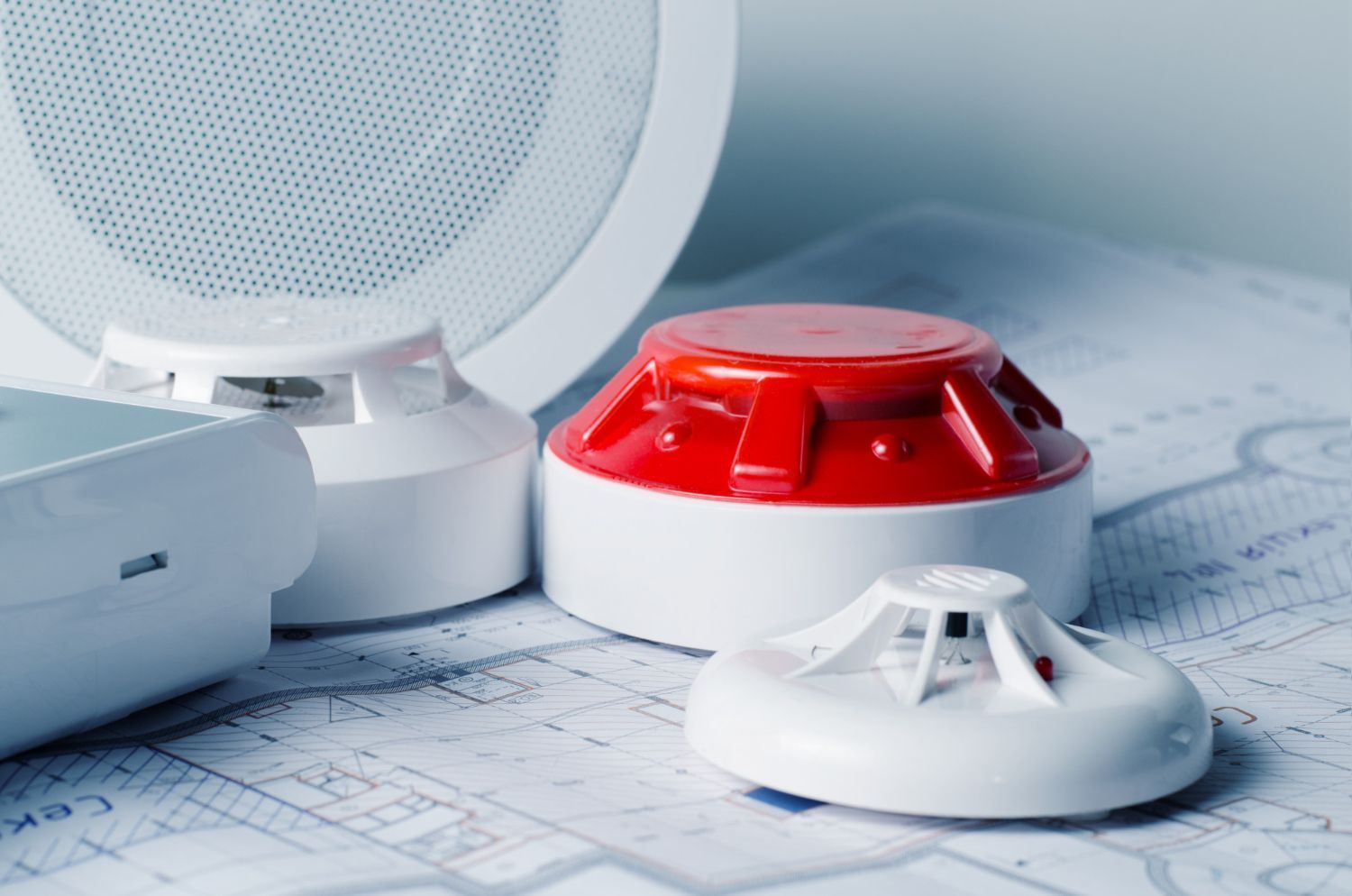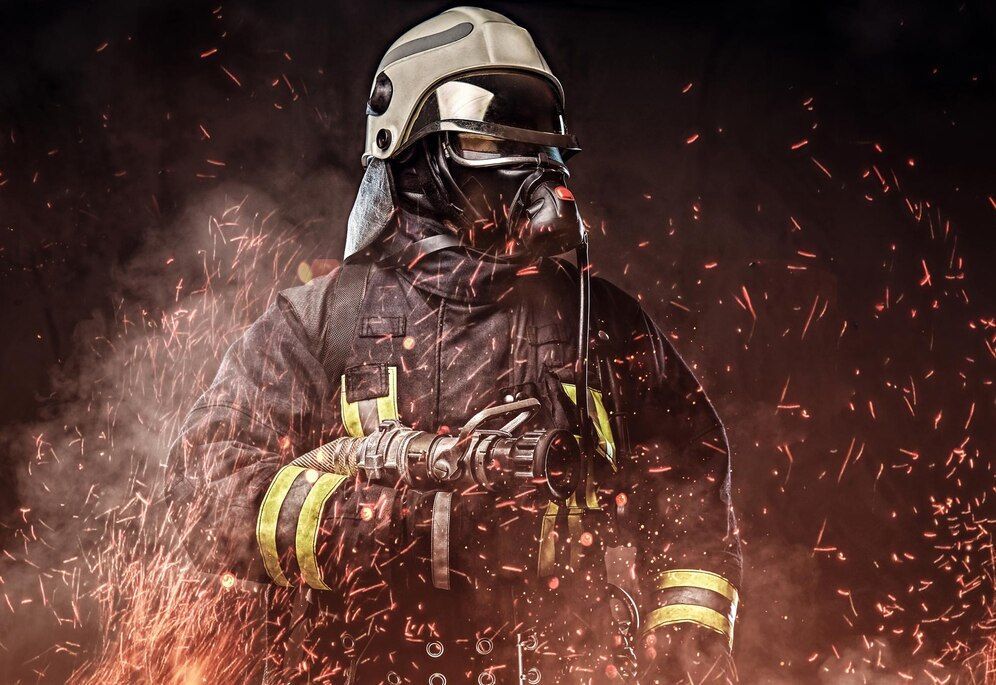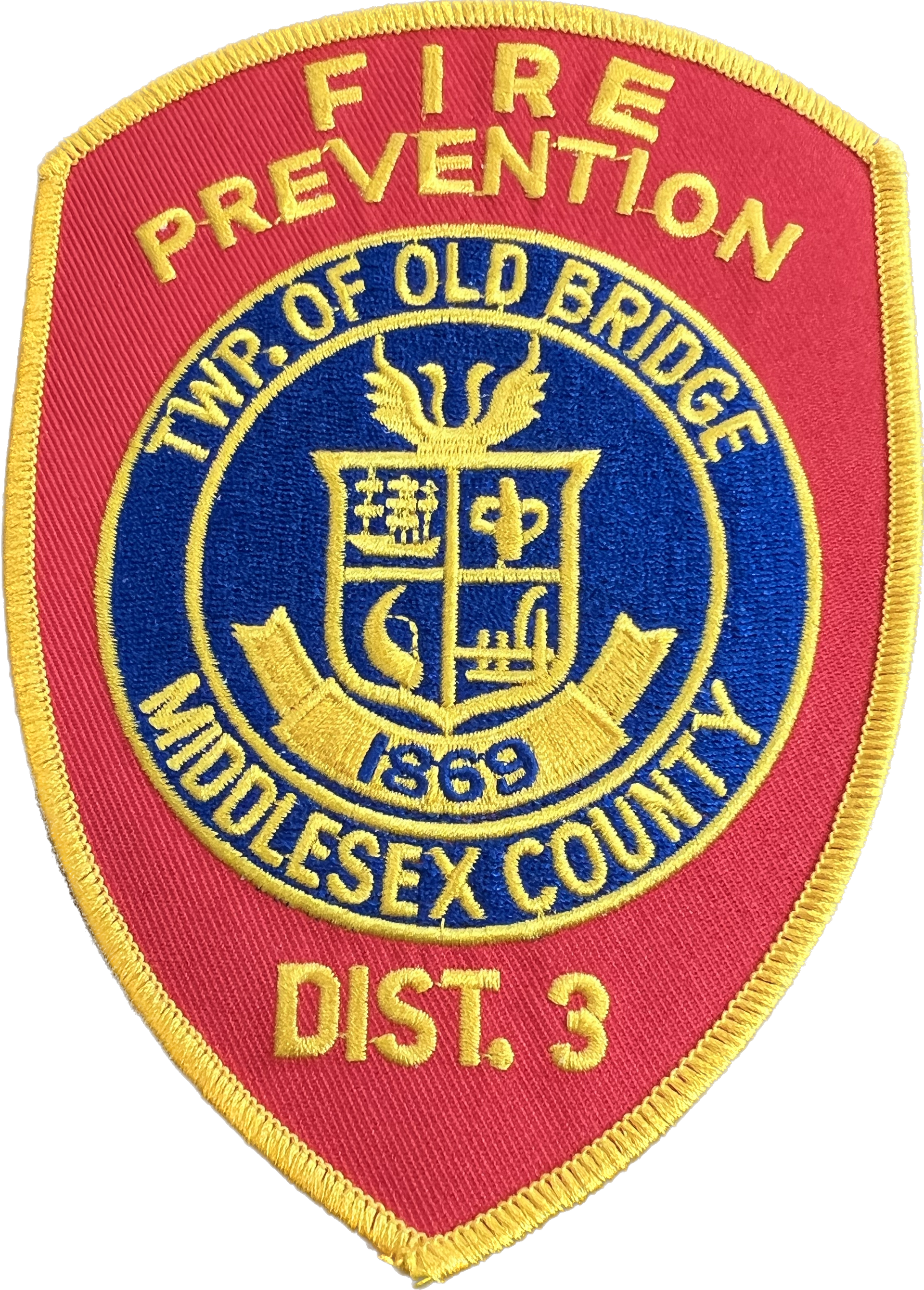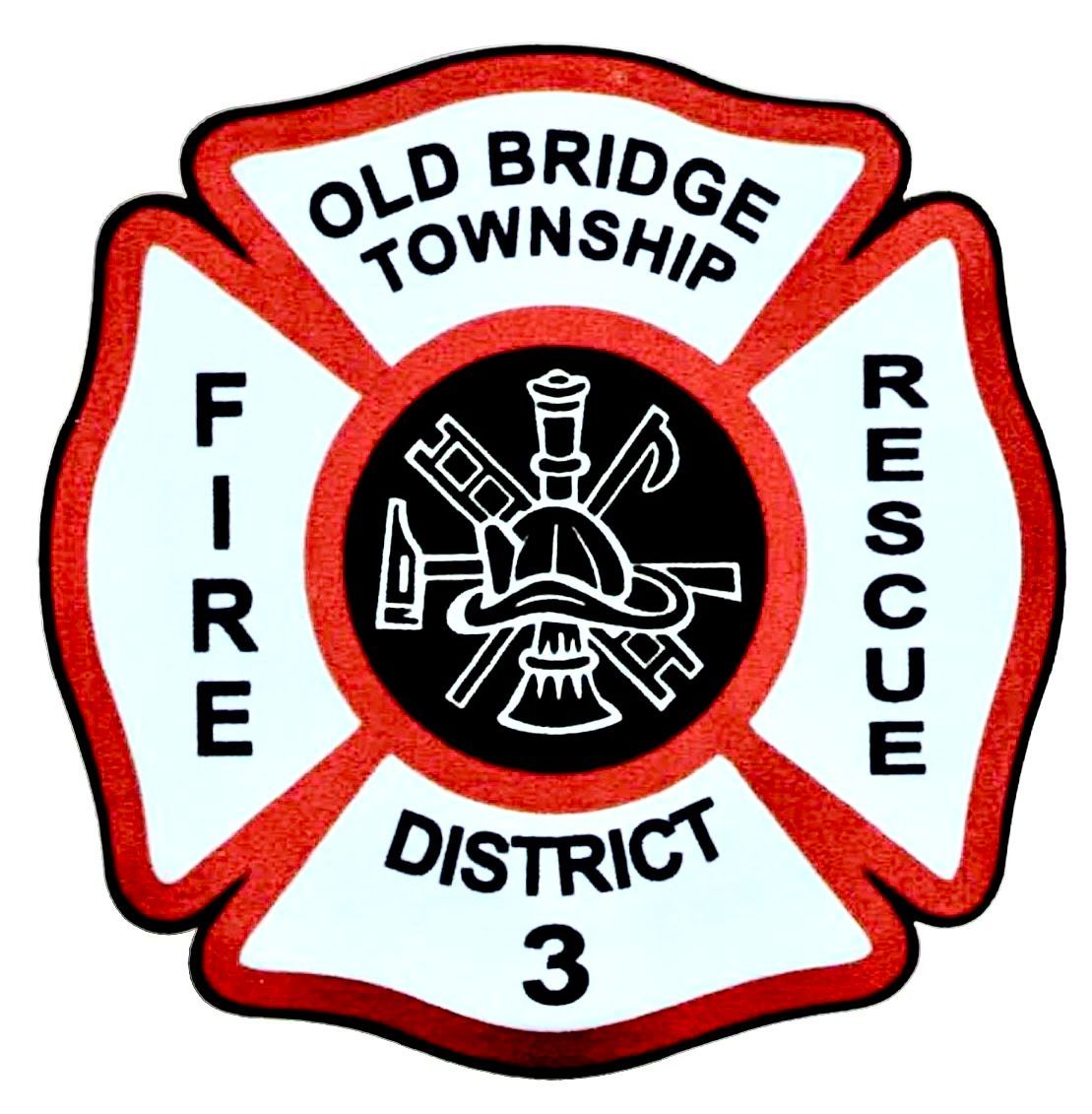The Importance of Smoke Alarms and How to Maintain Them
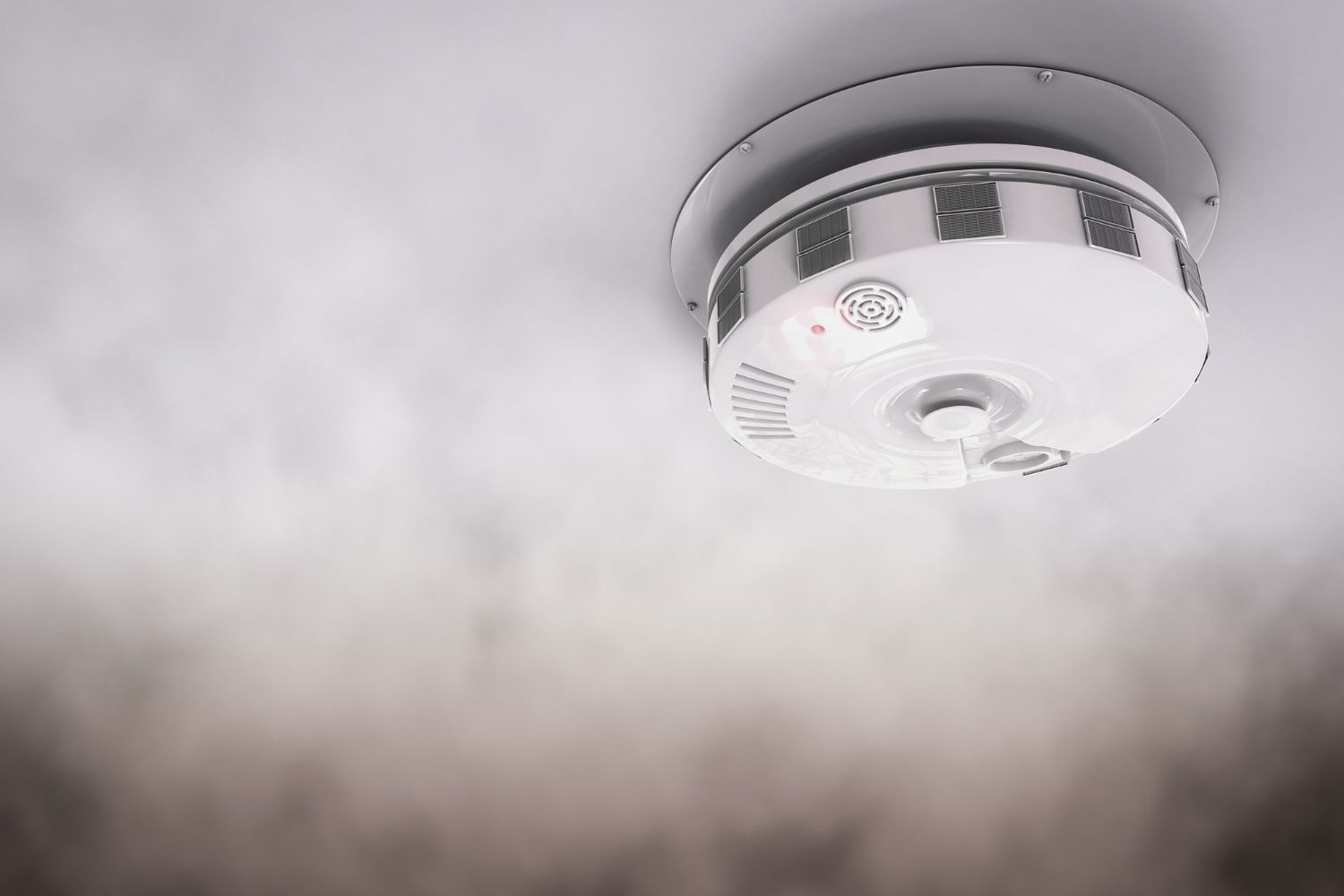
Ensuring the safety of our homes extends beyond locking doors at night or installing security systems. One of the most critical components of home safety is the smoke alarm—a device that too often is taken for granted. At our fire protection district, we stress the importance of these small yet powerful devices because they are proven lifesavers. Smoke alarms provide the first, and sometimes only, warning in the event of a fire, giving you and your loved ones precious time to escape.
Many homeowners install smoke alarms but forget the next crucial steps: maintenance and regular testing. Both are essential practices that ensure these devices function correctly when you need them most. It's not just about having smoke alarms installed; it's about making sure they are working at all times. This approach to fire safety can dramatically increase your chances of surviving a house fire, which is why understanding your smoke alarm’s operations and care is vital.
As we navigate the intricate world of smoke alarms, we’ll share with you the essentials of selecting the right type for your home, how and where to install them for maximum effectiveness, and tips for regular maintenance. Remember, a working smoke alarm isn’t just a device; it’s a crucial part of your home’s safety strategy that could make all the difference in an emergency.
Why Smoke Alarms Are Crucial for Home Safety
Smoke alarms are a fundamental part of home safety, acting as an early warning system in the event of a fire. They dramatically increase your chances of surviving a fire by alerting you to danger, often before you see or smell smoke. We've seen firsthand how this early notification allows families extra time to evacuate safely, ensuring they aren't trapped or overcome by smoke. It’s a simple fact: homes with smoke alarms see significantly fewer fire deaths and injuries than those without them.
We also recognize that smoke alarms are vital for protecting property. By alerting us to fires in their initial stages, these devices give us a better chance to control or extinguish the fire before it spreads significantly. This not only minimizes damage but also reduces the overall risk to our firefighters who respond to these calls. Ultimately, the presence of functional smoke alarms enhances the overall safety and security of the entire community.
Types of Smoke Alarms and Where to Install Them
When choosing a smoke alarm, it's essential to understand the different types available and where they should be installed for maximum effectiveness. The two main types you'll encounter are ionization smoke alarms, which are better at detecting fast-burning fires, and photoelectric smoke alarms, which are more responsive to smoldering fires. Many experts recommend using dual-sensor alarms because they provide the broadest protection by incorporating both technologies.
Each floor of your home should have at least one smoke alarm, including the basement and attic, if they are finished. It's critical to install alarms inside each bedroom and outside sleeping areas. Hallways and living rooms are also strategic spots for installation. We advise placing alarms on the ceiling or high on walls as smoke rises. However, ensure they are not near windows, doors, or ducts where drafts could interfere with their operation. Proper placement ensures that no matter where a fire starts, the alarm can do its job effectively and alert you as quickly as possible.
Step-by-Step Guide to Maintaining Your Smoke Alarms
Maintaining your smoke alarms is a crucial yet straightforward task that ensures their functionality when you need them most. We recommend conducting a monthly check-up to test each alarm’s responsiveness. Simply press the test button on the alarm—if it beeps loudly, it’s working. If not, replace the batteries immediately and test again. Changing the batteries at least once a year, or following the manufacturer's recommendations, is also a key maintenance step, even for alarms connected to your home's electrical system, as these often have backup batteries.
In addition to regular testing and battery replacement, we advise cleaning dust and spider webs from around the device with a vacuum cleaner’s soft brush attachment every six months. Avoid painting or decorating your smoke alarms, as this can obstruct the vents and interfere with their operation. Keeping them clear and functional is an easy but vital task to ensure they can do their job effectively.
Common Smoke Alarm Issues and How to Solve Them
Despite regular maintenance, you might encounter issues with your smoke alarms. One common problem is false alarms, which often result from placing alarms too close to the kitchen or bathroom. To reduce false alarms, relocate them at least 10 feet away from cooking appliances and keep them outside bathrooms if steam sets them off. If an alarm chirps sporadically, it's usually an indication that the batteries need to be replaced.
Another frequent issue is older alarms failing to operate, which can occur because smoke alarms have a limited lifespan—typically 10 years. Check the manufacture date on the back of your alarm and replace any unit older than a decade. If your alarm goes off for no clear reason, it may be overly sensitive due to accumulated dust inside. Gently vacuum the outside of the alarm and test it again. If problems persist, it may be time for a replacement.
Final Thoughts
Ensuring the effectiveness of your smoke alarms is not just about installation but also about ongoing care and prompt attention to common issues. At OBFD3, we are committed to helping you protect your home and loved ones from the danger of unseen fires. By following the guidelines outlined, you can maximize the functionality and reliability of your smoke alarms, enhancing your home safety network.
For more tips on fire safety or to schedule a home safety evaluation or any
fire department service, don't hesitate to contact us at Board of Fire Commissioners, Fire District 3, Township of Old Bridge. Together, we can make a safer community. Let's keep our families protected and our homes secure from the risk of fire.
